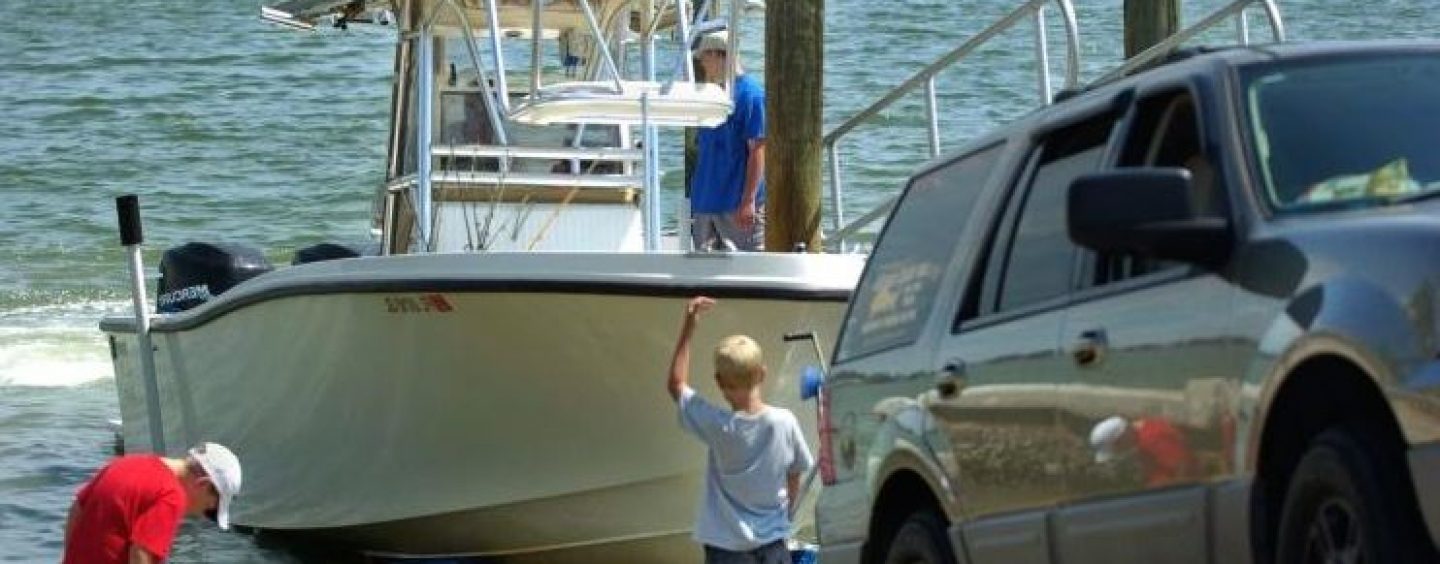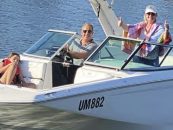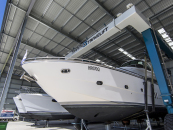The Gold Coast is a water sports paradise and we are lucky enough to have a number of pubic boat ramps that we can use to launch our vessels. Unfortunately, there are a number of issues we are still experiencing at all boat ramps. This can cause what should be a great day turning out to be stressful before it even begins.
Many have wasted time waiting for a boat ramp user to complete his task for an unreasonable length of time—either because of inexperience or simply because he is inconsiderate. The key thing is the public knowing how to use boat ramps quickly and efficiently, to avoid the ire of grumpy boaters.
The two P’s
Congestion seems to be the most common issue at all boat ramps. To avoid this, the most common advice made by several boaters is for everyone to practice and prepare. Practising and preparing yourself will avoid the unreasonable time delays other ramp users will have in getting time on the water, while waiting for you to finish your tasks.
Practice. It can be quite intimidating for a new boater to use the boat ramp. To help with experience on reversing your car down the boat ramp, it is suggested to head to a boat ramp for practice at either night when no one is around, or a quiet time of the day. Having experience and being quick at reversing your car will definitely avoid the frustration of queuing boaters.
Prepare. Do not go near the boat ramp until you are ready to launch. Several boaters agree that there is nothing more irritating than a boater who drives onto the ramp and does all the little jobs he or she could have done before going on the ramp. It is strongly advised to do all the preparation— such as undo straps, put bungs in, load all the stuff you need, and ensure that the vessel starts— while still in the parking area away from the ramp.
THE 10 COMMANDMENTS (according to ramp users)
• You should stay within your lane when reversing, and make sure there is enough room for another car to launch at the same time when using a multi-lane boat ramp.
• You should only be on the ramp for as long as you need to be. Once your boat is off your trailer, you should move your car off the ramp as soon as practically possible.
• You should ensure the car’s handbrake is on and in gear before you get out.
• You should take extra caution when getting out of the car as boat ramps can be quite slippery.
• You should ensure you have reversed in far enough and that there is enough water to float the vessel off the back of the trailer.
• When you have launched your boat, don’t leave your vessel immediately next to the boat ramp before you park your car. Move your boat further down the beach. Otherwise, the next person launching their boat must swim their vessel around yours.
• If in a group, it is best to work as a team to speed up the process. One person can take the vessel while the other parks the car.
• You should not muck around when retrieving your vessel. Reverse down the ramp and put the vessel on the trailer. If you choose to drive your vessel onto the trailer and have failed more than two attempts to line up your boat on the centre trailer roller due to wind or tide, consider manually winching your boat up instead. Secure your vessel and move off the ramp to do all the finishing touches.
• You should always ask for help, when you need it. And you should always lend a hand, if someone else needs it. It will get your boat in or out of the water a lot quicker.
• If you have guests invited on board your vessel who arrive in their own cars, remind them to not park their cars in designated boat trailer parking bays.
If we all apply care and courtesy to the day, with safety also being the key, launching and retrieving your vessel should be fast, safe and easy.
By Carmel Bellchambers






























